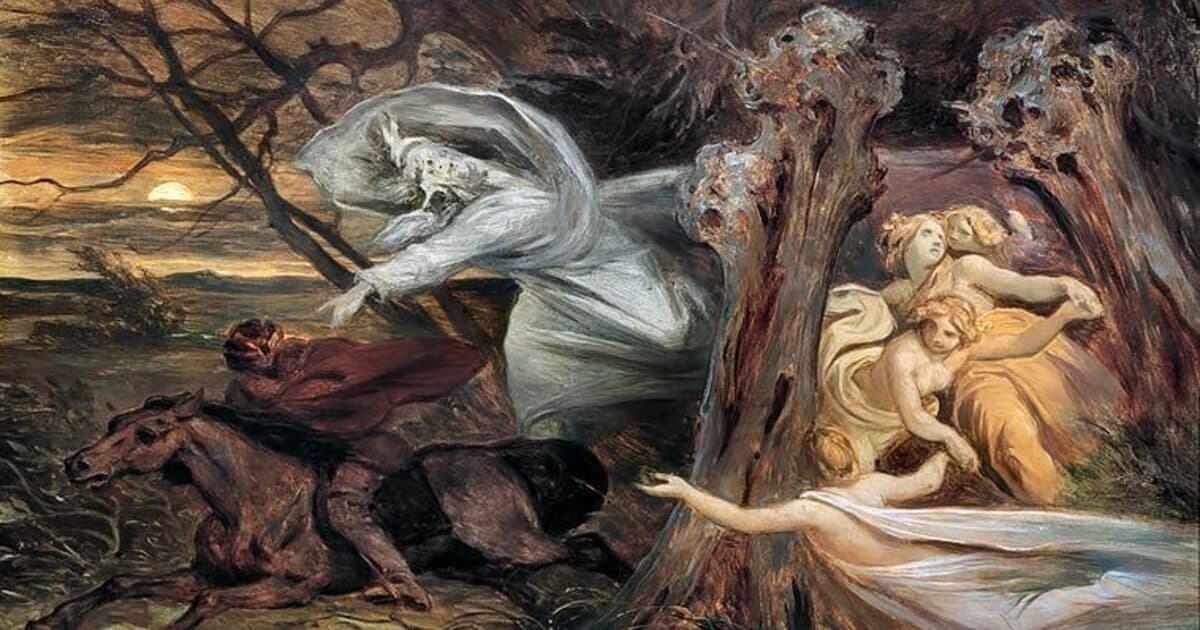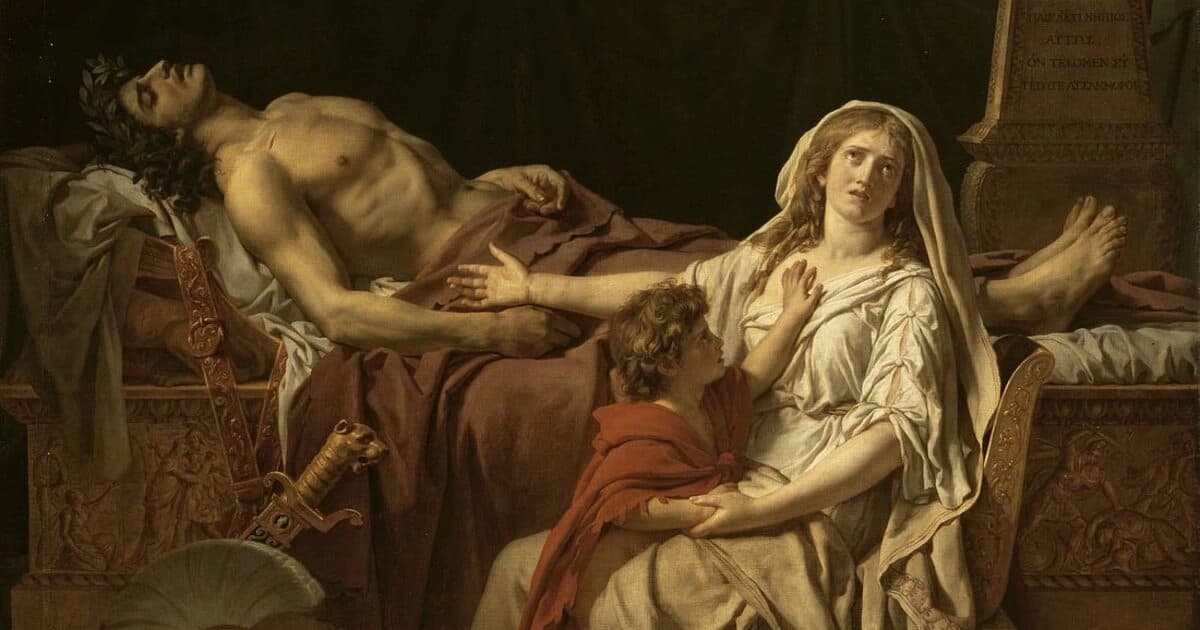
College athletics has become a runaway freight train, caroming recklessly down the track and ready to derail at the next curve, which is already in sight. Poor decisions by the NCAA, college presidents, college boards, and the courts have cleared the way for colleges to directly pay student-athletes for their performance, or projected performance. Our sacred universities are, by definition, centers for higher learning, not developmental camps for future professional athletes. Many colleges have become financial behemoths with gigantic endowments. Lucrative sports television contracts, underscored by increasingly absurd conference realignment, and over-the-top tuition, have added to the piggy bank. What’s worse, the athletic departments appear to be running the show. That’s not to say athletics don’t have a place, they do. They are a vital part of what makes college fun and exciting, and sports are a source of pride and connection, bonding students, teachers, and alumni. But they are only a part of what a university should be, and they have nothing to do with a universities mission. College should be about academic rigor, first and foremost; everything else is peripheral. Colleges should not be in the business of bank rolling student-athletes into millionaires. The NCAA, and our colleges, have taken a wrong turn down a street of mis-placed priorities, and with no U-turns in sight. They have allowed themselves to be hijacked by a new, financially structured athletic system, sanctioned by the courts in House vs. the NCAA, that will be more harmful than beneficial to both the ideals of a university, and to the student-athletes themselves. We are witnessing the beginning of the end of college sports and a fundamental turning point in our rudderless universities, where groupthink is expected and everyone gets an A.
Only a small percentage of athletes are talented enough to play at the college level and extend their playing careers another four years in their beloved sport. To play for your college is not only a privilege and an honor but something to revere, something special to be remembered fondly for the rest of your life. These reasons alone are adequate compensation to the athlete for playing in college, and, if you are exceptional, you will also have your footprint stamped on the history of that institution for time immemorial. But the payoffs don’t end there.
As a student athlete, except in the Ivy League, you are probably getting a full ride scholarship. In todays overinflated college tuition market, this could mean savings of up to 200,000 to 300,000 dollars. Contrast that to the exit debt of many students graduating from college, the monthly vigorish of which is often equivalent to a mortgage payment. That alone is exceptional compensation provided by the University to the athlete. But wait, there’s more!
You also have the privilege of being showcased on local, regional, or even national television, an opportunity to display your athletic prowess to family, friends, and fans, while competing for your university. If you are truly a special athlete, this can not only make you famous but also expose you to professional sports teams at the next level, such as in the NBA, NFL, MLB, or NHL.
If you are blessed with the talent and luck to be drafted by one of these teams, through the incredible opportunity provided by your college, it can lead to a career in professional sports, and the surreal payday that accompanies that.
This is quite a generous gift basket. Where do I sign up?
The tradition of college athletics goes back centuries. The first football game was played between Princeton and Rutgers in 1869. The system has developed symbiotically because both students and athletes have benefited from the marriage. College graduates, athletes and non-athletes alike, still ardently root for their college teams. That’s because they love their school, and they love the game. It’s not about the individual; it’s about the school and the team. Individual athletes come and go, some are great, some are not, but the school, and the athletic tradition, remains, regardless of success. It’s a union that’s palpable and helps bind alumni to the school for life.
College football players have become free agents, hired guns, transferring from school to school, sometimes playing for as many as four different schools in four years, lured by the promise of a national championship, more exposure, and now, by NIL deals and direct payments. Through a series of terrible missteps, college student-athletes can now secure NIL deals through boosters, alumni, and special collectives, to sell the athletes name, image, or likeness. In addition, the path is now clear for the colleges themselves to pay athletes through athletic department resources. Currently, this payment is capped at 20.5 million dollars per year, per school. Such a deal! Of course, until next year, when the sports agents, boosters, and lawyers decide that the amount must be raised due to inflation and “market adjustments.” This is the beginning of an infinite ceiling of escalating payment.
The NIL deal is bringing all the parasites to the surface; lawyers, sports agents, and corporations, who sense there’s money to be made all around. In the past, deals were done in the shadow world, but at least it was only a new Camaro and ten grand. If you won’t tell, I won’t tell. Everyone would look the other way if it was a special player. But now that payoffs have become “legal,” the numbers have jumped logarithmically. According to ON3, QB Arch Manning at Texas has a 4.7-million-dollar NIL valuation (some have Manning at 6.8 million), with QB Carson Beck of Miami at 4.2 million dollars. This is BEFORE the direct payout by the college itself, with the 20.5-million-dollar cap, all of which could theoretically go to one player but most likely will be split into sizable chunks to several players, with the crumbs falling to the rest of the team and the rest of the sports. Payments could take the form of direct stipends (basically a salary, though it’s ironically “Illegal” to be termed that), deferred compensation, education-related payments (sic!), or performance or participation bonuses. The typical college sports revenue machine is driven by college football and men’s college basketball, with lucrative television contracts in the SEC, Big Ten, ACC, and Big 12, for example. Revenue also comes in from ticket sales, game day revenue, merchandizing, conference distributions, and the holy grail, donor/booster contributions (ie, wealthy adults with misplaced priorities). Wouldn’t it be great if that money went to the geology department, the art department, or the medical school?
How could this absurd concept possibly go wrong! It’s got the structure of a well-conceived New Jersey racketeering operation only with a legal stamp of approval to ward off the feds. Anyone with money knows that money creates as many problems as it eliminates, and this is underscored when you’re talking about 18- to 22-year-olds. If professional athletes can’t handle their own finances at an older age, what will happen to these young college students? How will they be disciplined or comport themselves on campus as new millionaires being paid ten times more than their professors?
The inevitable outcome of this process is that the top 25 teams will remain the top 25 teams in perpetuity, attracting the best athletes by giving the biggest payouts and arranging the sweetest NIL collective deals up front. The next twist is that athletes will start holding the colleges hostage by reneging on the deals and holding out for more. There is already evidence of this with the conduct of former University of Tennessee quarterback Nico Iamaleava. Iamaleava had a good season with Tennessee and procured an NIL deal with Tennesee’s collective paying him 2.4 million dollars annually. Sounds great, right? But to Iamaleava and his “representative” this wasn’t good enough. They allegedly attempted to sweeten the deal by bilking another 1.6 million from the collective, annually. The collective balked, Iamaleava held out, and then transferred to UCLA for ONLY 1.2 million per year (where UCLA is currently 3-5). Expect this type of hijacking to become common, and although this particular shanghai didn’t work out on the players behalf, expect the majority of the others to be successful.
And how will all this trickle down and impact youth sports, already in crisis thanks to year-round sport specialization, abundant and costly private lessons, overuse injuries at 15, and hip and knee replacements at age 40. College recruitment has even started to migrate down to the 8th grade level. What about hovering parents vying for that college scholarship-which is turning out to be much more than a scholarship; it’s now a potential Willy Wonka Golden Ticket to becoming a millionaire. What affect will this have on the high school athlete or the high school coach? What payout might the coach get from the collective to assure the athlete goes to a certain college? Will the athlete feel even more pressure from parents to get that “scholarship,” now that the scholarship might include that sweet NIL deal and the direct payment, perhaps in the millions. What might certain parents or individuals do to secure this?
The blame must be placed directly at the feet of the individual college presidents and the college board of directors for this debacle. A better solution is to place all of these exceptional athletes in a developmental league and let’s get back to the joy, purity, and simplicity of college athletics and the underlying doctrine of a university, to educate.
In 1935, Jay Berwanger of the University of Chicago won the first college football Heisman Trophy. Berwanger excelled at running back and was known as a “one-man team,” as he could play virtually any position. Under legendary coach Amos Alonzo Stagg, the University of Chicago was a perennial powerhouse in the Big Ten. Enter president Robert Maynard Hutchins who began to question the fit between his academic institution and commercialized sports. Hutchins was a pure academician and a proponent of a life of the mind, of which big-time college sports was as distraction. He is quoted as saying that “football has the same relation to education as bullfighting has to agriculture.” Accordingly, Hutchins dismantled the football program and made clear that the University of Chicago’s focus was academic rigor, graduate research, and the intellectual pursuit of knowledge.
Likewise, Ivy League schools of the 19th and early 20th centuries were perennially dominant in sports. It wasn’t until1954 that the league was formally organized, though. The presidents of each school made a declaration that no athletic scholarships would be awarded, based on its two founding precepts. The first, that athletics must never compromise academics, and the second, that athletes should be admitted and funded on the same basis as all other students. Meaning, no special treatment, at least in theory. The point was to emphasize student-athletes, not athlete-students. Both the Ivy League and the University of Chicago have been true to their academic ideals.
Enter the University of Houston, Rice University, Texas, and Texas A & M who have all declared they are “all-in” for directly compensating athletes, in addition to, of course, the NIL deals from the boosters. According to the Houston Chronicle, the Texas athletic director says they are “ready to rock and roll.” It appears painfully likely that all schools will follow from across the Big Ten, SEC, Big 12, and ACC conferences. I love college athletics, which is why I implore all the college presidents to stand up and, in the tradition of Robert Maynard Hutchins and the Ivy League, have the gumption to reject this new, unnecessary and destructive system of direct player compensation. Each school has the right to chart its own course, to opt in or opt out, according to the courts. Let’s get back to basics and let’s acknowledge this system crosses the line. Of course, this is very unlikely to happen, after all, there’s money to be made! Don’t look now, but the freight train is approaching a bend in the track, Robert Maynard Hutchins is no longer the conductor, and only the dim-witted remain, lounging in the dining car, eating filet mignon and toasting themselves with champagne.


